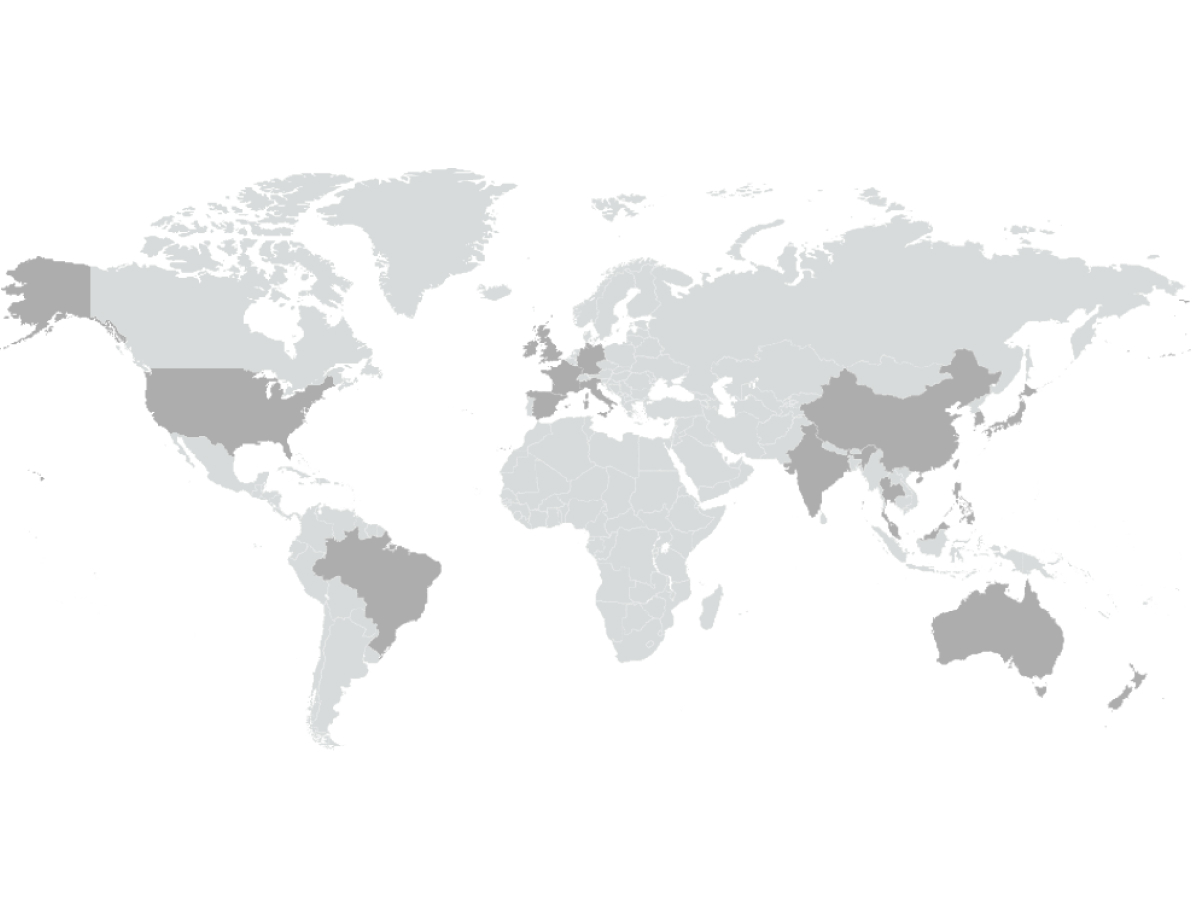The onslaught of robocalls continues to plague Americans, with a staggering 77 billion unwanted calls bombarding citizens over the last year. As a result, people are no longer answering the phone. Recent survey data from TNS shows that 68% of Americans have grown wary of answering calls from unknown numbers. Furthermore, bad actors are increasingly using artificial intelligence (AI) to execute sophisticated deep fake robocalls, adding to concerns of a scam-weary public. However, the telecom industry recognizes the potential of AI as a robocall protection solution, prompting innovative approaches that will help the telecom industry fight fire with fire.
The FCC and policymakers acknowledge that we are in the early innings of the AI revolution. In July, I had the opportunity to participate in an FCC workshop focused on the possibilities and challenges that AI brings to the telecom industry, focusing on the crucial role AI assumes in tackling the urgent issue of combating illegal robocalls and robotexts.
The industry is dedicating more resources to integrating AI into ongoing robocall prevention measures such as STIR/SHAKEN, advanced call analytics and other rigorous enforcement measures that will help safeguard consumers from these fraudulent bad actors.
However, bad actors have also been quick to use AI. They are primarily using generative AI tools to target Americans in an effort to make scams that mimic individuals’ family members’ voices sound more realistic. AI has also been leveraged by bad actors in phishing attacks and other impersonation schemes targeting healthcare organizations, financial services firms, or even retail companies.
To combat them, the telecom industry will deploy AI in several ways. First, discriminative AI, a widely used algorithm, identifies patterns and distinguishes legitimate calls from spam. By consistently fine-tuning algorithms, carriers reduce false spam positives and flag robocalls more effectively. Predictive AI goes a step further by analyzing the behavior of bad actors behind spam calls, offering valuable insights into what they might do next.
There is also industry momentum towards voice biometrics. AI-powered voice biometrics can identify synthetic voices, enabling carriers to distinguish between legitimate calls and nefarious voice cloning scam calls. This technology helps counter low-volume AI spammers, making it harder for them to reach Americans before they’re forced to move on to new phone numbers.
Voice biometrics also serves as a call screener that analyzes the voice, tone and diction of callers to determine whether the voice is real or a bad actor deploying AI for malicious intent.
As AI continues to evolve, the telecom industry remains at the forefront of adopting innovative solutions to combat robocalls effectively. By working with the FCC and implementing AI solutions like voice biometrics, predictive AI and discriminative AI, carriers are stepping up their efforts to thwart robocall scams.
It’s clear that we are at an exciting juncture when it comes to AI innovation and I look forward to catching up with the industry more in September when I deliver a presentation on AI at SIPNOC 2023. Taking place between September 12 and 14 in Washington, VA, you can expect to hear my session “Current Developments in AI for Spam Detection” on Wednesday, September 13 between 1:45pm and 2:15pm ET.
To find out more about TNS’ Identity and Protection suite, visit tnsi.com/solutions/communications/robocall-protection/.
Greg Bohl is Chief Data Officer at TNS with specific responsibility for TNS’ Communications Market solutions.





